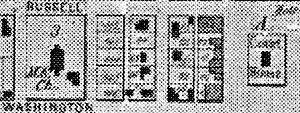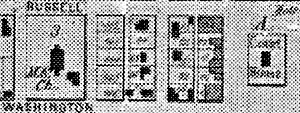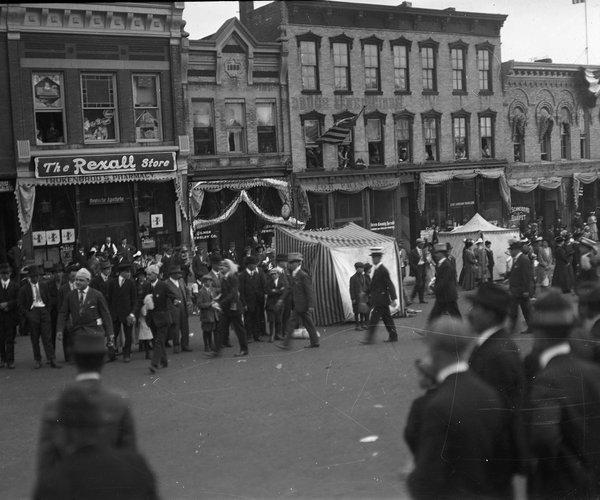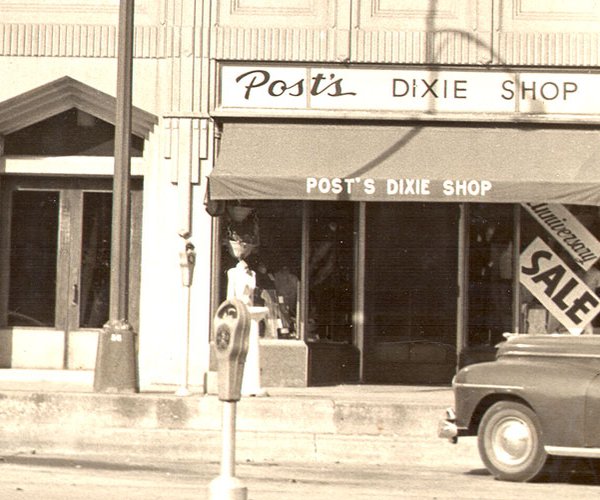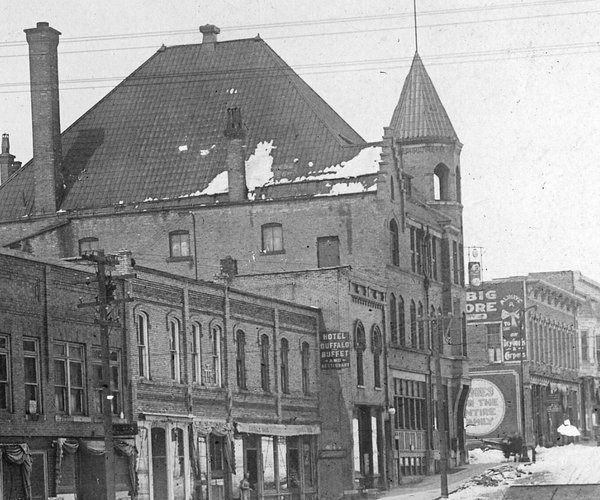It was announced in November 1871 that the Methodist Church, which was under construction in Monroe, would have free seats available in 1872. The Sentinel added, “We are glad to learn that the disaffection in the Methodist Church has been healed, and that the attendance to hear the new pastor is large and harmonious. This is as it should be. We hope that, as soon as spring opens, a united effort of the congregation and our citizens generally will be made to complete the beautiful church, which so gracefully adorns our town.”
Members of the church were requested to meet on January 18 “for the purpose of moving the seats and other furniture into the basement of the new building.” The old church had been sold where it stood for $150 to Harper & Staver Bros., who moved it to 17th Avenue south of the Square in early March; they then used it to store agricultural implements.
The Monroe Sentinel shared on July 31, 1872 what had been written in the Brodhead Independent. “We observe that part of the property owned by the M. E. Society of Monroe is advertised to be sold at sheriffs sale. So much for extravagance on the part of that society, in erecting such a large church edifice, costing several hundred dollars in excess of their expectations. The people of Brodhead were called upon one year ago for funds to help that [sic] people from the bonds of indebtedness.
Notwithstanding our citizens have all they can attend to in providing for their own churches, yet we are told the two winning ladies soliciting aid for the object in question succeeded in raising about $75. Had it not been a church matter we should have called this requisition from our Monroe friends decidedly cheeky.”
The Sentinel editor believed that was “a piece of littleness peculiar to that sheet, and is in keeping with the petty jealousy always manifested by a few influential citizens of this county toward anything pertaining to Monroe which comes in their way.” Nothing was written in the Sentinel about a sheriff’s sale, so that part may not have been true. The Sentinel shared on August 14 the names of those people from Brodhead, who had donated money, which only totaled $55. Rev. Aspenwall, who had been the minister here, and his wife donated $40. Two of the other eight people who donated had previously lived in Monroe with the largest donation from any of the other six being $2.
An article in mid-June 1874 said that they were still raising money. The editor added, “Several gentlemen have contributed liberally. The church should be finished before it gets old.” Work was begun again on the basement the following month. The payment of their debt had been guaranteed by the leading men of the Society. Charles Pike had advanced enough to complete the basement.
The basement was dedicated September 6, 1874 with Rev. G. M. Steele, president of Lawrence University, giving the dedicatory sermon. “The audience was large and attentive.” An additional $2,200 was subscribed by those present to assist in paying the debt. This article said, “Charles Pike had finished, at his own expense entirely, the basement.” Service would be held here until the main auditorium was completed. “The affairs of the society are now in the best shape they have been for years.”
By the beginning of April 1878, they had raised $400 for a 1,500 pound bell that they wanted to “swing in the tower,” but wanted about $100 more. They expected that amount to be subscribed within a week, which must have happened since they ordered it from Baltimore a week later; delivery was expected in two weeks or more. Nothing was printed about its arrival or installation. A new fence was installed the following April. An early photo of the Methodist Church with a fence is included on page 104 of the Pictorial History of Monroe.
It was announced in May 1879 that an effort to raise more funds for the church property would soon be started so the building could be finished. Nearly half the amount had already been pledged. Two grand concerts were held “in the upper room” during the last week in May. It was “a comfortable place, plenty of room and ventilation.” Admission was 25 cents for adults and 15 cents for children. The proceeds were to benefit the church choir and the Monroe City Band.
It was shared on July 30 that the fund was “climbing the golden stairs slowly but surely.” A “Long Roll Call” on Sunday, September 14 “brought out $1,300 cash, and about $300 more was subscribed by those who had already given liberally.” They expected that the entire $1,800 would be raised that week.
It was more than three years until anything more was reported. On August 29, 1883 they said the chimneys would soon be completed. The editor added, “It should be done before cold weather.” Back in the Day 253- 1A short article on the following April 30 stated that the building was being “improved by the brick towers being erected on the north corners.” The building was to be completed on the outside during the following year; an effort was also to be made to finish the auditorium.
An interesting article appeared on May 14, 1884. “The project to sell a half of the M. E. Church block to raise funds for the completion of the church building is what is agitating the breast of individual members of that congregation. It is a valuable property, and it would seem to be the part of wisdom to complete the church edifice, and there will probably never be a time when the proceeds of such a sale would be of more benefit” to the church. It would be another 20 years before they actually sold off any of the land.
The next two columns will share a few more years of history about this historic building.
— Matt Figi is a Monroe resident and a local historian. His column will appear periodically on Saturdays in the Times. He can be reached at mfigi48@tds.net or at 608-325-6503.
